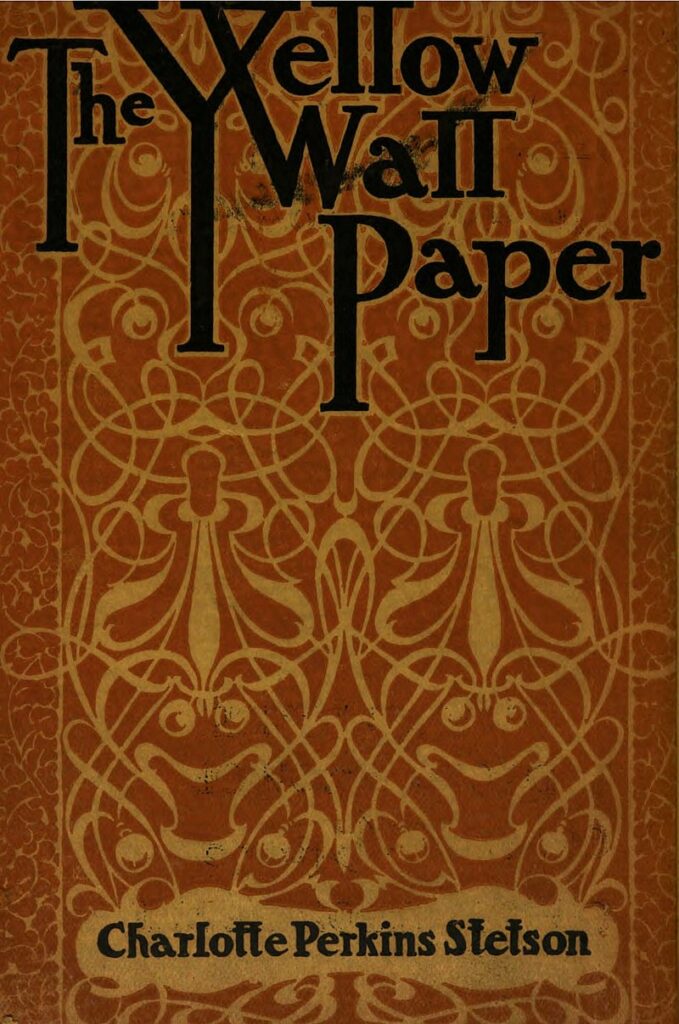I was first exposed to the concept of Doppelgängers & Doubles formally in this class, which often has many hidden meanings and also represents the hidden expression of the creator of art.
The Yellow Wall Paper
Charlotte Perkins Gilman, 1860-1935 was a feminist activist who published the short story The Yellow Wallpaper in 1892. In the novel she depicts her life under the control and captivity of her husband.

In the article, I noticed a lot of details, which reflected the author’s psychological changes and the oppression of women in the society at that time.

The article portrays a woman who is “incarcerated” by her husband due to insanity, and in the process of being dominated by men, the disorder descends into an even stronger madness. The author believes that madness here is not an accidental setting, or just the author Gilman’s projection of his own experience, but it also represents Gilman’s cry for the inequality of the status of men and women.
The madness of the woman in the text seems to stem from a “phobia” of her husband. At the beginning of the article, the woman is uncomfortable with the house, but her discomfort cannot be expressed because women are in an oppressive position. So the heroine’s thought is: “Leave it alone for now, let’s talk about this house.”
It just keeps repeating itself: the heroine is afraid of her husband’s accusations, so she hides what she writes, keeps the disgusting wallpaper, and gets used to the room. But it’s still getting worse, the heroine can’t escape the wallpaper she hates, and she doesn’t have the power to switch rooms. And this yellow wallpaper, as a symbol of male discourse power, repeatedly stimulates the heroine’s nerves. The heroine stares at the wallpaper day after day, and eventually loses her self-awareness in the fear of the wallpaper, has hallucinations and enters a state of madness.
It was the absolute power of men in the patriarchal society that caused the heroine’s madness, and it also reflected the social problems of the time, but Gilman’s heroine not only showed the tragic situation of women being oppressed by the patriarchy, but also provided The way to liberate women.
In the second half of the text, the image the heroine sees in the wallpaper is a “woman”. The woman crawled around in the wallpaper, imprisoned in the yellow wallpaper. This constituted woman represents the heroine herself. When the protagonist tore off most of the wallpaper and climbed out of the wall, she broke through the constraints of patriarchy. That is, “madness” that is not defined by patriarchal logic in order to achieve the liberation of women.